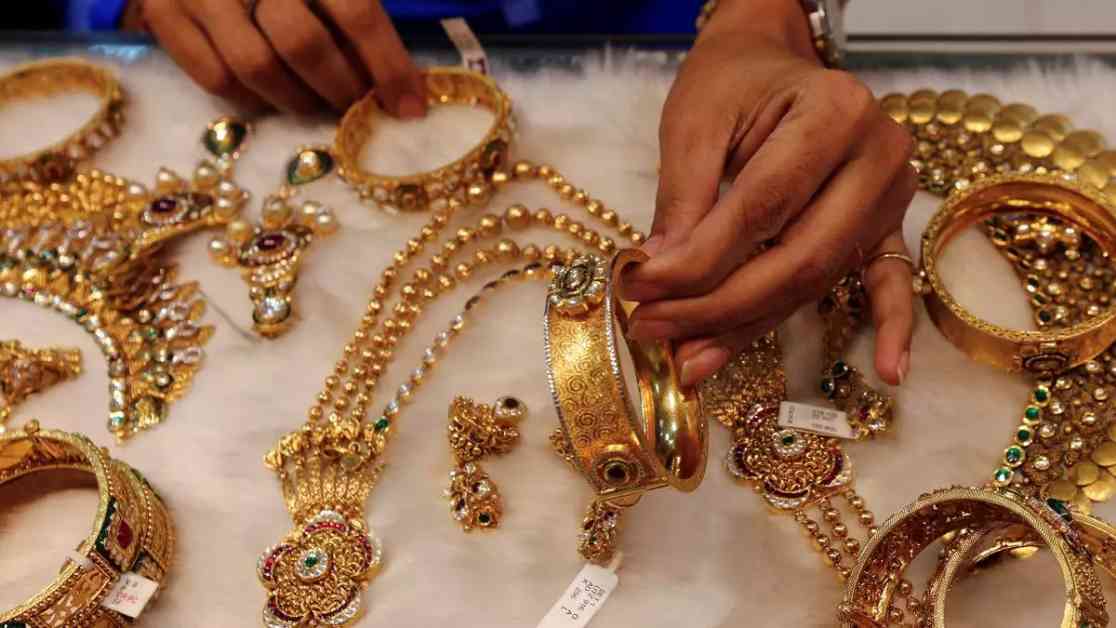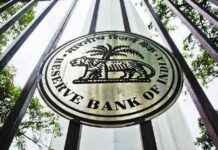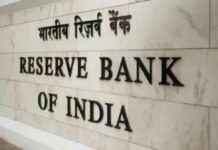The Indian domestic gold market is experiencing a significant shift as the discount on gold prices has widened to $23 an ounce, a stark difference from the $3 discount observed in December. This change is primarily driven by weak demand coupled with a sharp rise in gold prices globally. Jewellers are facing challenges in restocking due to high inventory levels and difficulties meeting payment terms with manufacturers, leading to a liquidity crunch in the industry.
## Impact of Price Rally on Retail Sales
The rally in gold prices has heavily impacted retail demand for gold jewellery, with a noticeable drop in purchases since the beginning of the year. Kavita Chacko, Research Head-India at the World Gold Council, highlighted that consumer interest has waned significantly, particularly in wedding-related buys. Many buyers are now choosing to exchange old gold for new jewellery, while others are seizing the opportunity to sell old gold and secure profits as prices surge past previous thresholds. The LBMA gold price has surged by $286 an ounce or 10%, reaching $2,938 an ounce this year.
## Decrease in Imports and Future Outlook
Gold prices in India have risen in tandem with international prices, surging by 14% to a record ₹86,831 per 10 grams. This increase is attributed to the dollar strengthening against the rupee, resulting in a decline in gold imports to 30-35 tonnes in January. This drop is mainly due to the high prices deterring buyers, leading to the lowest import figures since last July. Prithviraj Kothari, Managing Director at RiddiSiddhi Bullions, warned that the discount on domestic gold prices could further widen if global prices continue to rise and domestic demand remains subdued. The discount may reach $30-$40 an ounce unless factors such as seasonal demand from weddings and festivals, rupee appreciation, or import duty adjustments come into play to stabilize or reduce the discount.
## Market Trends and Consumer Behavior
Rural demand, a significant driver of jewellery sales, remains lackluster due to inflationary pressures and reduced disposable incomes. In the short term, it is expected that jewellery demand will remain subdued, with buyers showing a preference for lighter designs, 14-carat, and 18-carat gold, along with increased recycling of old jewellery. These shifts in consumer behavior reflect the evolving landscape of the Indian gold market, influenced by a combination of global price trends, domestic demand dynamics, and economic factors.
As the Indian domestic gold market grapples with widening discounts, subdued demand, and changing consumer preferences, industry experts emphasize the need for strategic interventions to stabilize the market and reignite consumer interest. The future trajectory of the market will depend on a delicate balance between global price movements, domestic demand trends, and external factors that could potentially influence the buying behavior of consumers. Amidst these challenges, the resilience of the industry will be tested, paving the way for innovative solutions and adaptive strategies to navigate the evolving landscape of the Indian gold market.























